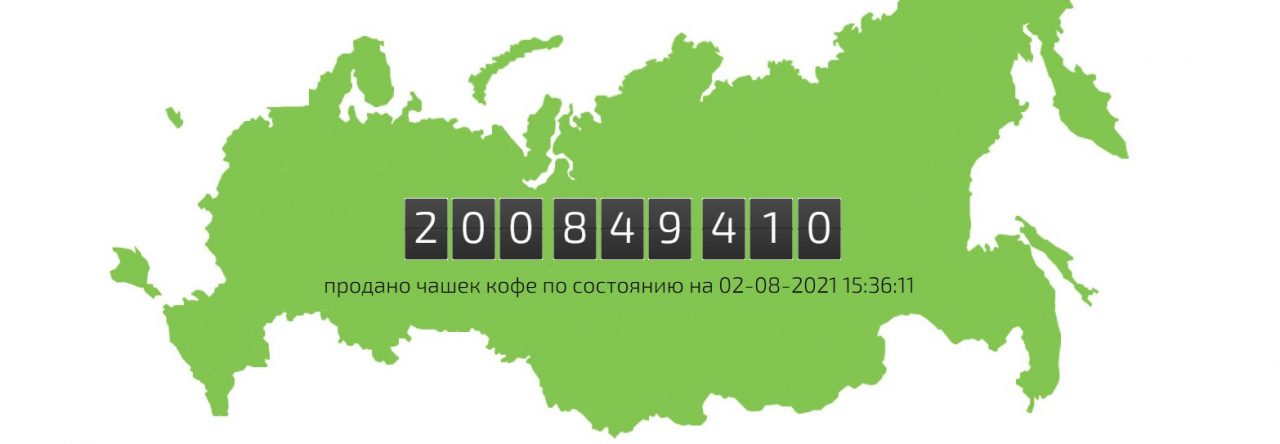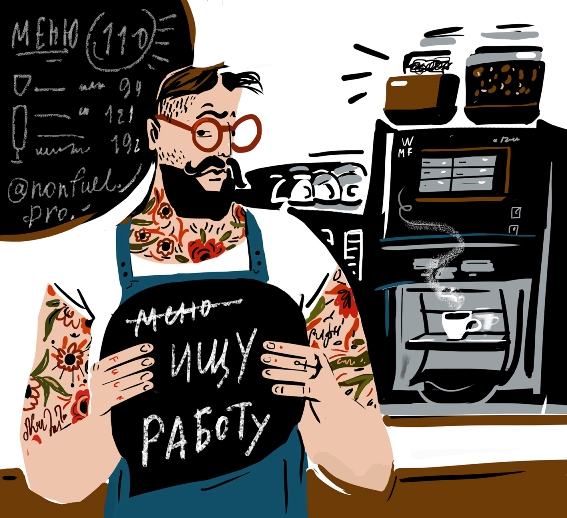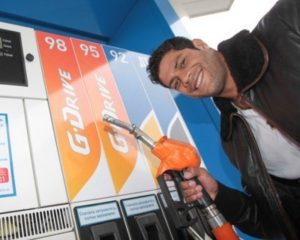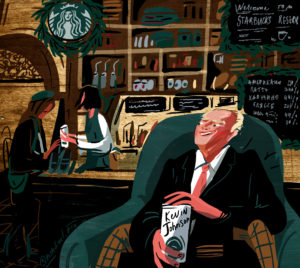How much should a cup of your favorite coffee cost? What key factors does the price include? Which coffee is cheaper? One will hardly find the exact answer to all those questions when considering a well-flavored aromatic drink, as we are speaking of a tasty one.
Regularly proceeding with an in-depth statistics and analysis, coffee market experts are very unlikely to reveal the truth. They know that the average price may range from $0.5 to $1 per cup of your beloved espresso or Americano. Those drinks do not require additional ingredients like milk making cost price lower if compared with latte o cappuccino. Producers and marketers benefit from enormous revenues selling their products with up to 1000% markup. For this reason, the niche appears to have a great potential for businesses, which use all possible means to protect their segment keeping newcomers away. They established an average market price, which is about $1 per cup.




